The gradual changes Saudi Arabia has undergone over the past decade have shaken the very roots of its society. Although many of these shifts are progressive and long overdue, they carry the risk of overshadowing fundamental societal values. Amid the optimism of newfound possibilities, a national conversation about identity offers the balance the country needs.
Today, Riyadh hosts a timely conference on Saudi National Identity. But the question lingers for many Saudis: why define something we already know? We are Saudis—surely that’s enough. Ask around, and you’ll hear familiar answers: oil, heritage, desert, food.
Yet national identity is more than a list of familiar associations. It is defined as a sense of a country as a cohesive whole, represented by distinctive traditions, culture, and language. That cohesion doesn’t mean ignoring diversity—it means understanding and celebrating common threads that bind people together. For many Saudis, that kind of self-awareness has not been taught or consciously developed. Perhaps now is the moment to do so.
It was inevitable that the sweeping changes accompanying modernisation would reshape identity. Increased exposure to global cultures through media and technology opened doors—culturally, economically, and socially. The diversification of the Saudi economy beyond oil brought new sectors like tourism and technology into the national spotlight. But welcoming new ideas also meant confronting internal shifts—shifts that challenged long-standing norms rooted in conservatism and rules that, for many, no longer made sense.
These open doors brought more than reform. They brought a sense of belonging, creative expression, and the freedom to explore arts, music, and cinema—fields once dismissed or marginalised. This growing cultural landscape reflects a more expressive, layered Saudi identity than the one many grew up with.
Even the education system is evolving. Students still learn the geography and history of Saudi Arabia, as generations before them did. But in recent years, subjects such as KSA and social studies have been introduced, offering a more complete picture of the nation—one that includes economic, political, and cultural dimensions that had previously gone unspoken.
A conference like this couldn’t be more relevant. For many, progress has meant leaving the past behind. The assumption, often unspoken, is that tradition stands in the way of advancement. But this isn’t entirely true. In fact, it is often the very elements of tradition—hospitality, generosity, communal belonging—that still define what it means to be Saudi today.
Hopefully, this gathering will help clarify what makes a Saudi—not just by heritage or nationality, but by shared values. It is a chance to build a modern framework that preserves cultural memory while embracing change. If done well, it could offer a cohesive vision that is both rooted and forward-looking.
After all, a future worth building needs to be grounded in something deeper than momentum. It needs meaning. And meaning often begins with identity.
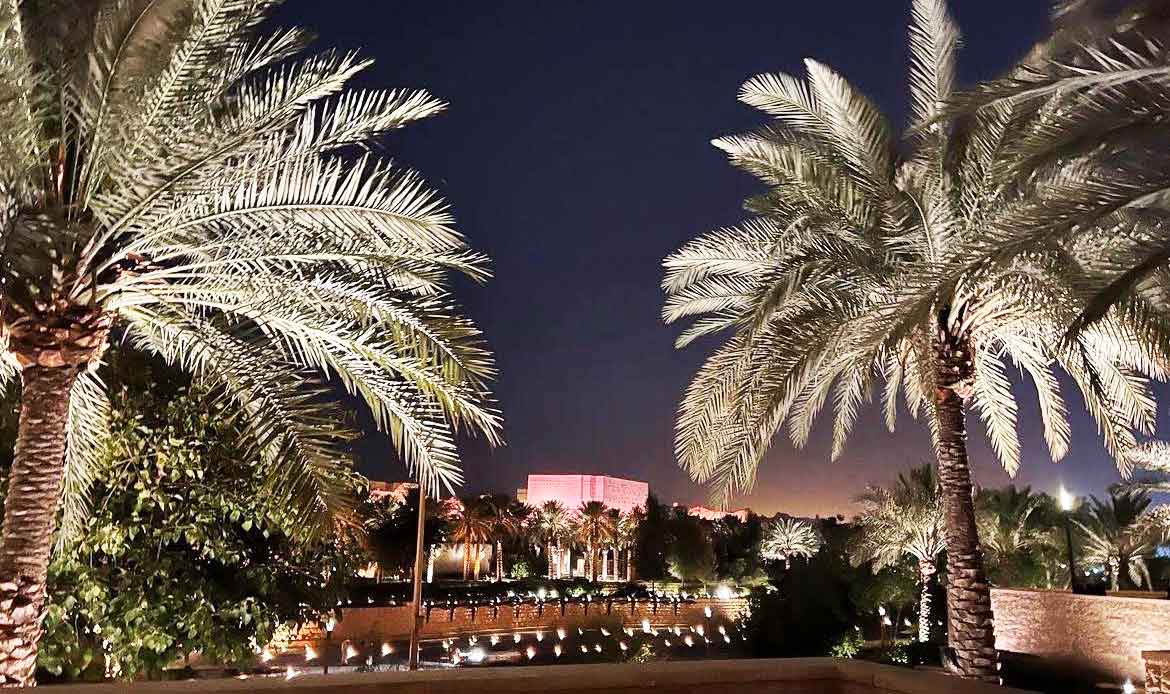
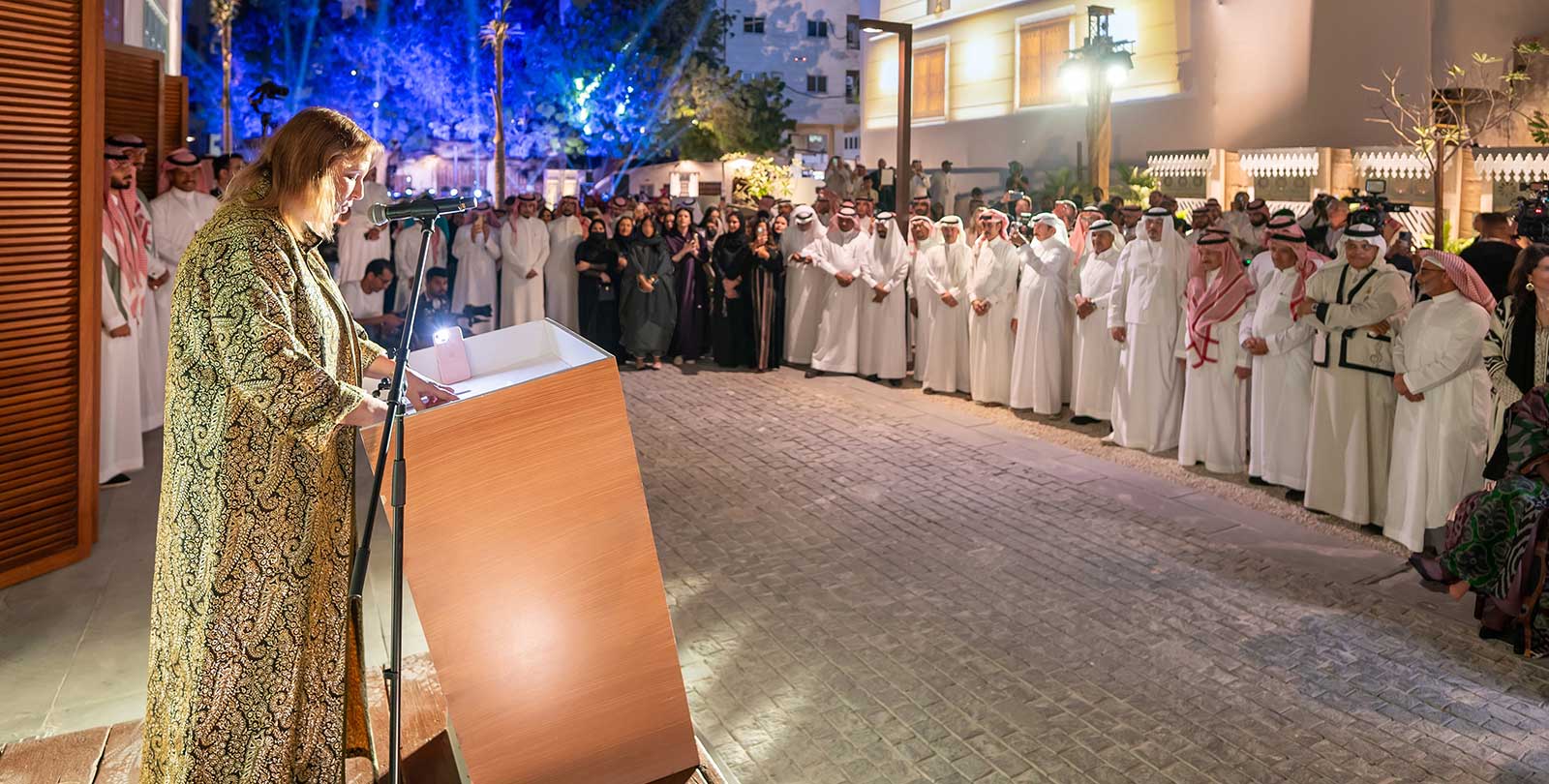
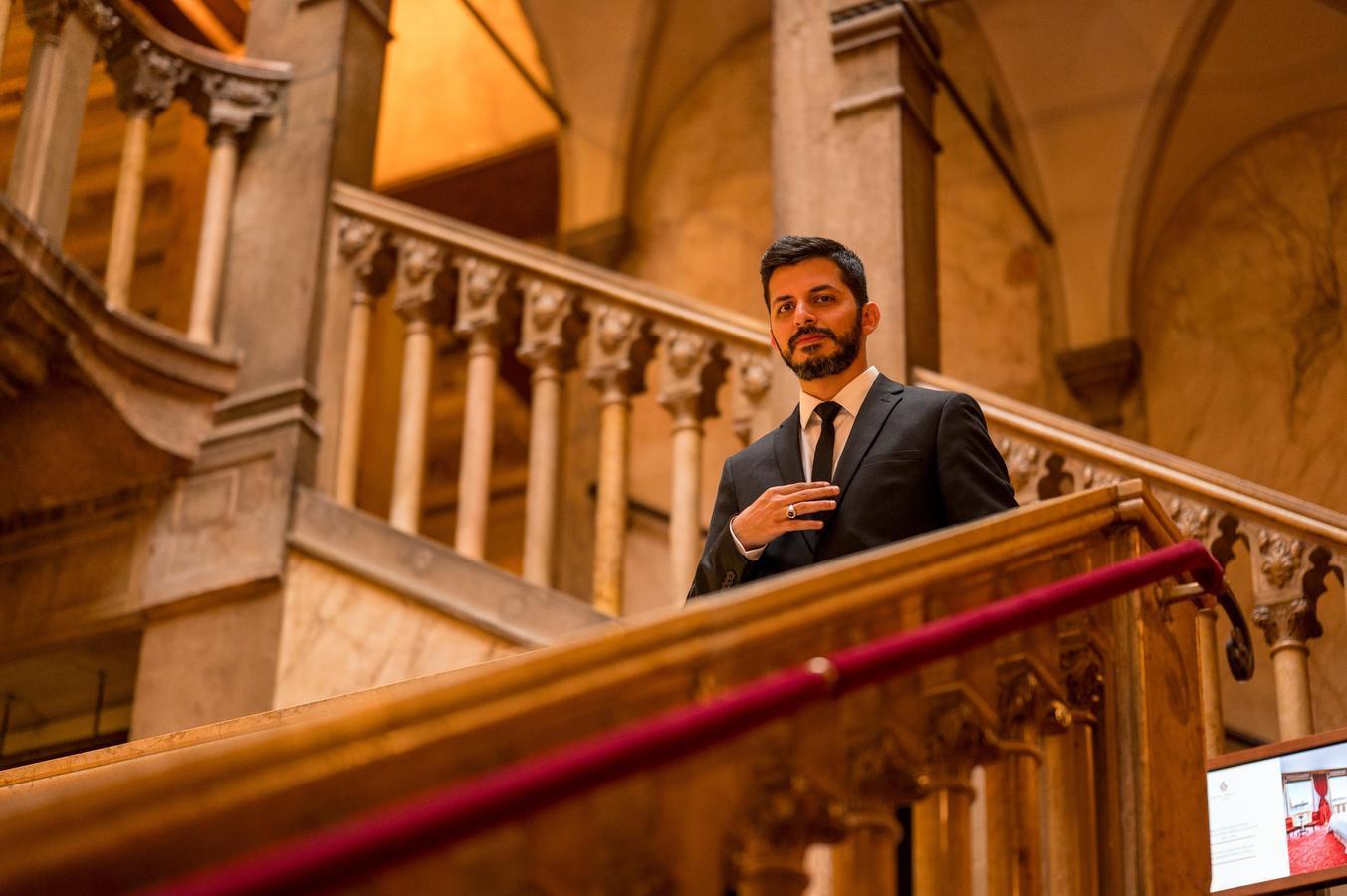
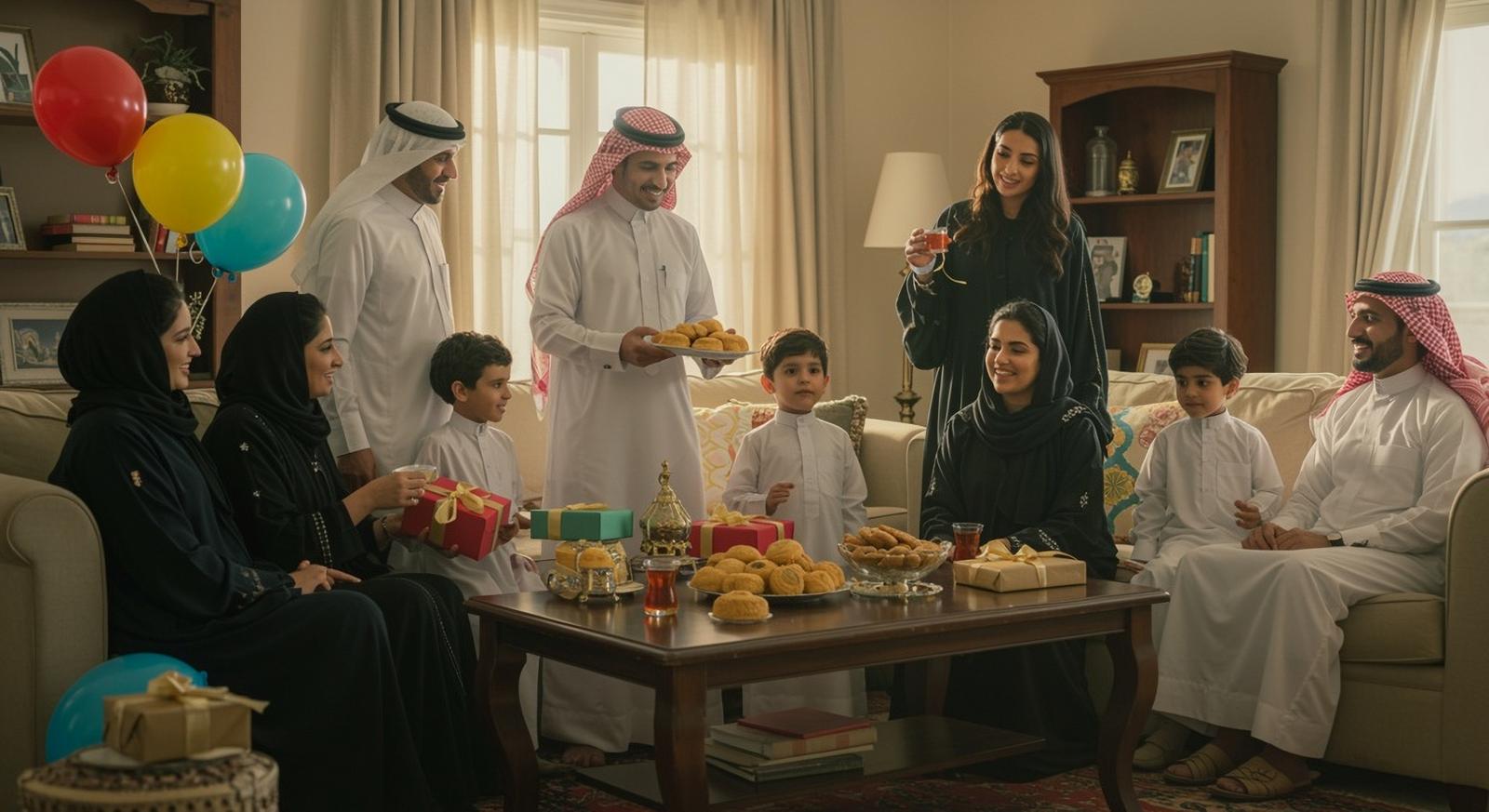

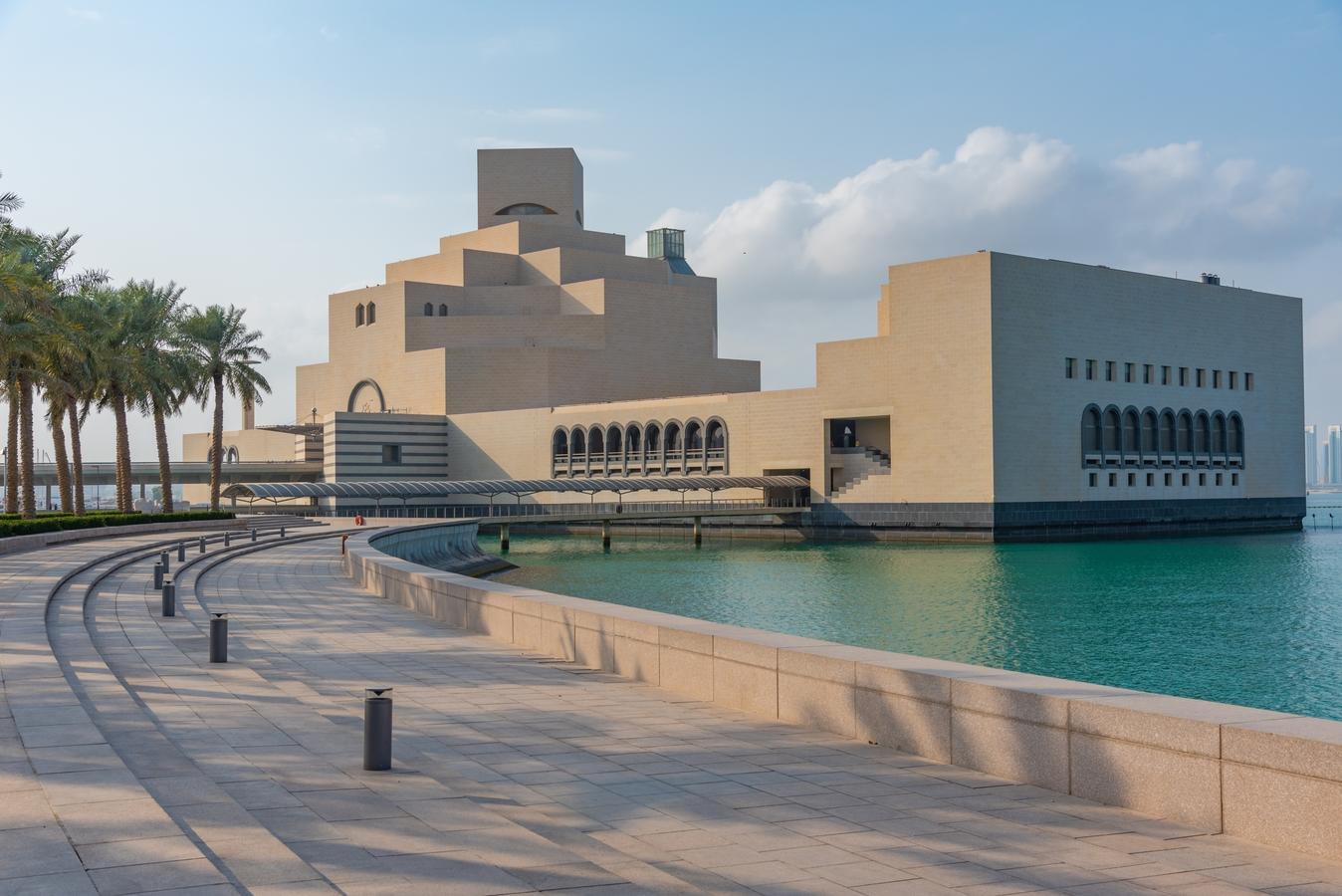
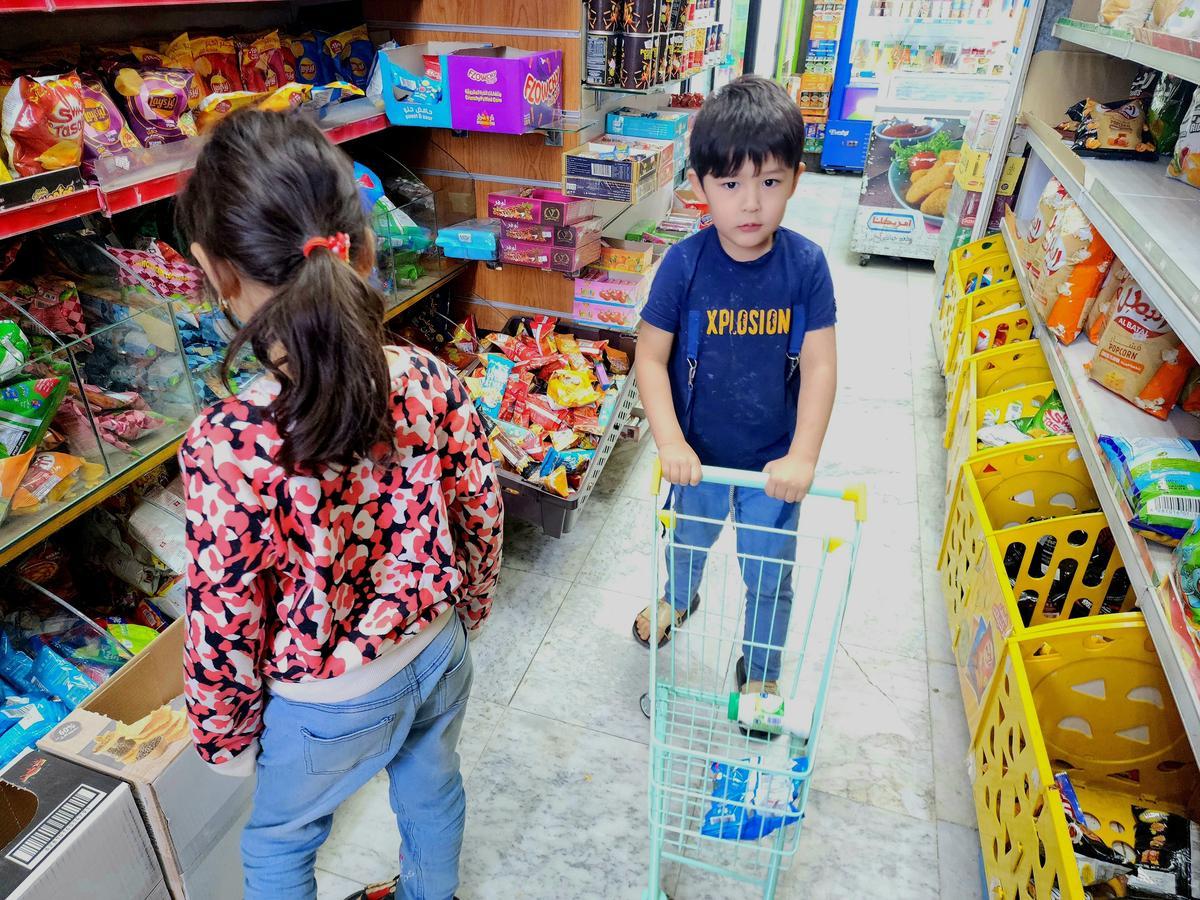
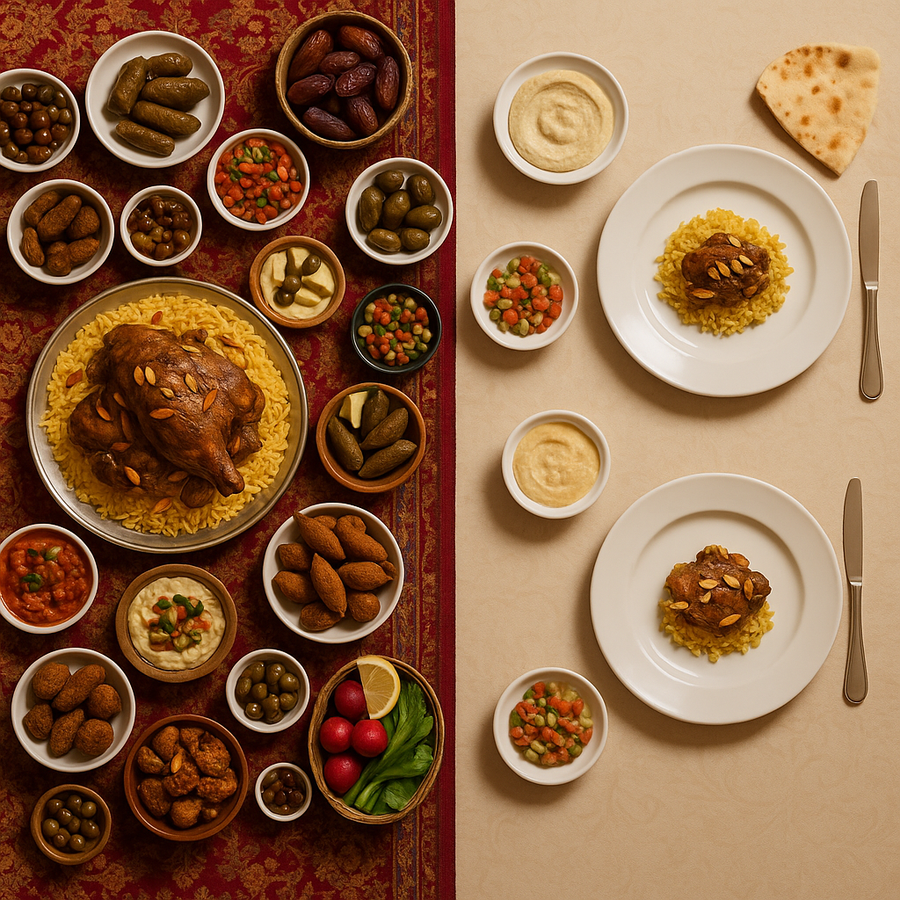
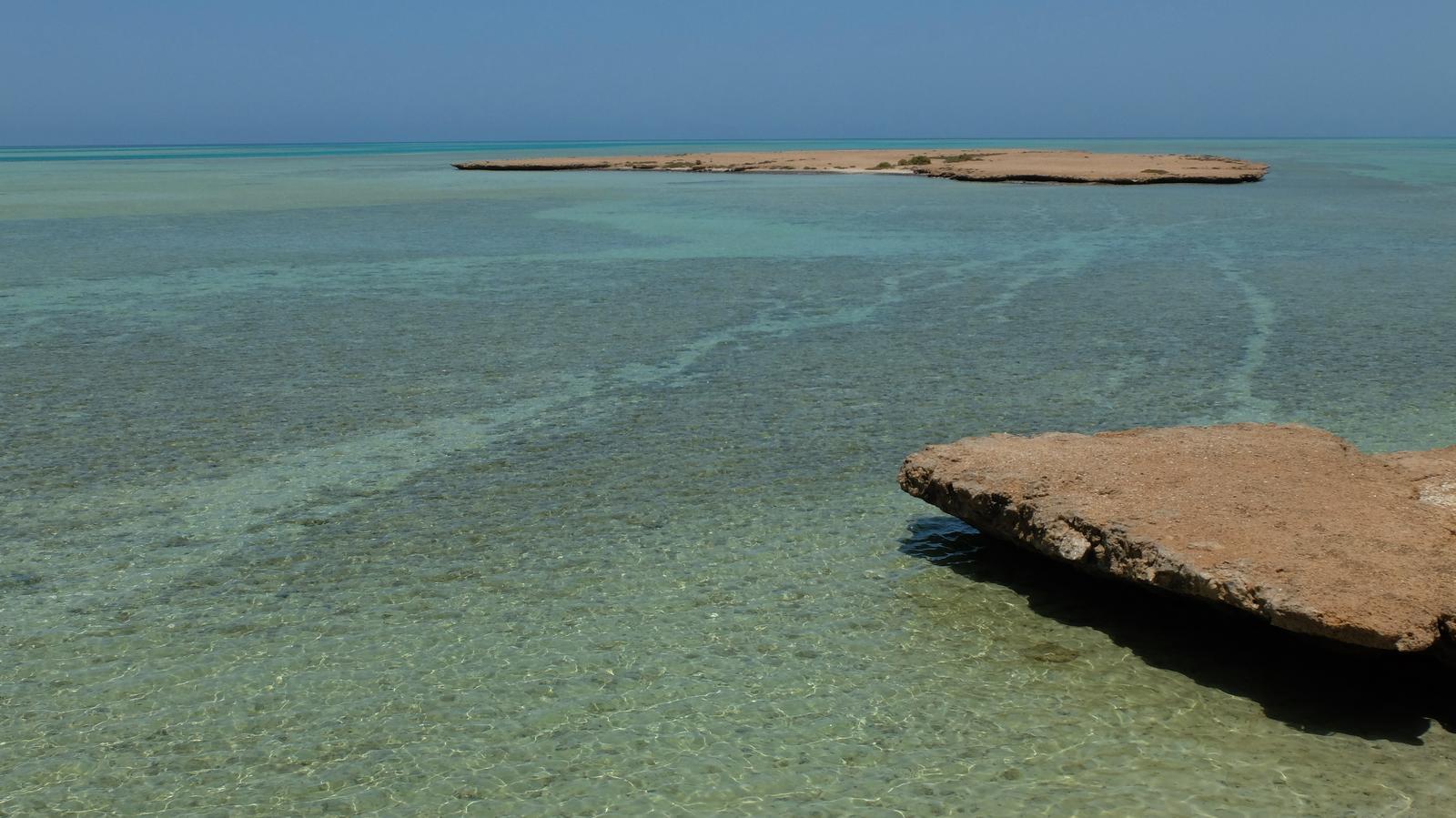
0 Comments
No comments yet. Be the first to comment!